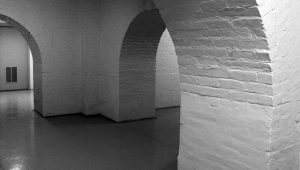Condensation is by far the most common cause of dampness in buildings, probably accounting for the majority of damp problems that get reported. It affects both old and new buildings, but studies have shown that it can be a significant problem where buildings have been modernized.
How to reduce condensation in your home:
Control excess moisture
- Close kitchen and bathroom doors to prevent steam going
into colder rooms. - When cooking or washing, let the steam escape by
opening a window or using an extractor fan if you have
one fitted. Leave the window open or the extractor fan on
for up to 20 minutes after you have finished cooking or
washing. - Open some windows in other rooms for a while each day and open any trickle
vents in your window frames. This allows the air to circulate within your home. - Wipe down surfaces when moisture settles to prevent mold from forming.
- Do not block any ventilation to allow air to circulate around your furniture.
- Do not use bottled gas or paraffin heaters, as they create a lot of moisture and they are a safety risk.
- Try prevent the creation of moisture in your home.
- Dry your clothes outdoors whenever possible or use small, well-ventilated rooms.
- If you have aquariums, make sure you cover them and remember that any household pet creates moisture.
- Cover your pots and pans while you are cooking, in order to minimize the amount of steam you produce.
- Make sure you vent your tumble drier and washing machine according to the manufacturer’s instructions.
Keep your home warm
- Insulation and drought proofing will keep your home warmer and will also cut down on your heating and electricity bills. If your house is warmer, the chances for condensation decreases.
- Insulating your loft and walls will help to keep the temperature up, if you have no insulation.
- When the weather is cold and wet, it is better to maintain a lower background heat..
- Consider installing secondary double-glazing of windows to reduce heat loss
and droughts. Remember that you must have adequate ventilation if you wish to do this.
Please not the of the following:
- Do not block permanent ventilators.
- Do not completely block your chimneys. The average hole size must be about 2 bricks and you can also fit a louvered grill at the opening.
- Do not drought proof a room where you are experiencing condensation or mold problems.
- Do not drought proof a room where you are using any fuel heaters such as gas.
- Do not drought proof windows in the bathroom or kitchen,.
- Do not put furniture against cold external walls.


